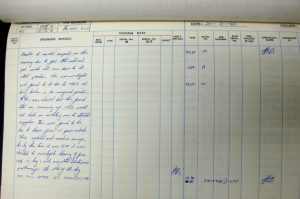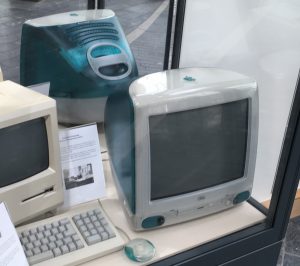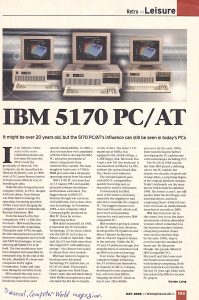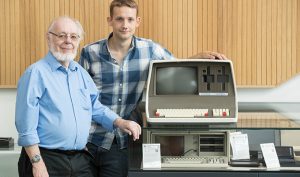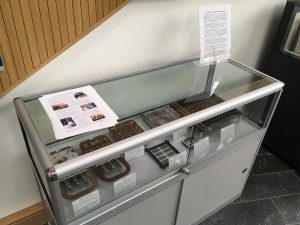This afternoon at 2pm in the Urban Sciences Building, the School of Computing are hosting Professors Adrian Johnstone and Elizabeth Scott, of Royal Holloway, University of London, who will be delivering a seminar entitled “Babbage and the abstraction of mechanism”, followed by a live demonstration of their steam-powered difference engine!
This has to be seen to be believed. The seminar and demo will be in the 1.006 Lecture Theatre and is open to anyone. We hope to see as many people as possible!
Abstract
Charles Babbage has been called the ‘great-uncle’ of modern computing, a claim that rests simultaneously on his demonstrable understanding of most of the architectural principles underlying the modern computer, and the almost universal ignorance of Babbage’s work before 1970. There has since been an explosion of interest both in Babbage’s devices and the impact they might have had in some parallel history, and in Babbage himself as a man of great originality who had essentially no influence at all on subsequent technological development.
In all this, one fundamental question has been largely ignored: how is it that one individual working alone could have synthesised a workable computer design over a short period, designing an object whose complexity of behaviour so far exceeded that of contemporary machines that it would not be matched for over one hundred years?
The key, as is well understood in modern engineering contexts, is to abstract away from the full complexity of a concrete system. The complexity barrier was faced by the electronics industry in the 1970s and 1980s, and triggered a switch from visual descriptions of large scale digital electronic devices to text-based Hardware Description Languages similar in style to that of a software programming language.
Babbage too faced an overwhelming complexity barrier, and his response was indeed to design a system of hardware abstractions which he called his Notation. The ideas allowed him to reason in the abstract about chains of cause and effect in his mechanisms, and he believed the Notation to be his crowning achievement.
His ideas were not taken up: one near contemporary rejected it because there could be many concrete machines that had the same notational description (which to modern eyes of course, is precisely the point of abstraction).
In this talk I will use the 1980s Inmos Fat Freddy system to draw parallels between early electronic HDL’s and Babbage’s notation; display some strengths and weaknesses of Babbage’s approach; and speculate on underlying cause of the 150 year gap between Babbage’s notation and the emergence of HDL based engineering design as a standard technique.
Biographies
Elizabeth Scott is Professor Computer Science at Royal Holloway, University of London, and Director of the Software Engineering Language Centre; she also has overall responsibility for teaching and learning in the department.
Scott completed her D.Phil under the supervision of Graham Higman, then Waynefleet Professor of Pure Mathematics at Oxford with whom she also co-authored the LMS Monograph Existentially Closed Groups. She first came to Royal Holloway in 1991, joining Ursula Martin’s Group and was appointed Professor of Computer Science in 2009.
Her research concerns generalised parsing – that is efficient and completely general methods for processing computer programming languages and indeed natural languages. She is the acknowledged world expert on the design of these classes of algorithms.
Adrian Johnstone is Professor of Computing. He was principal investigator on the Royal Holloway component of the EPSRC PLaNCompS project which aimed to develop modular extensible formal semantics for programming languages. He is also principal investigator for the Leverhulme Trust funded project ‘Notions and Notations: Babbage’s language of thought’ on which this talk is based.

